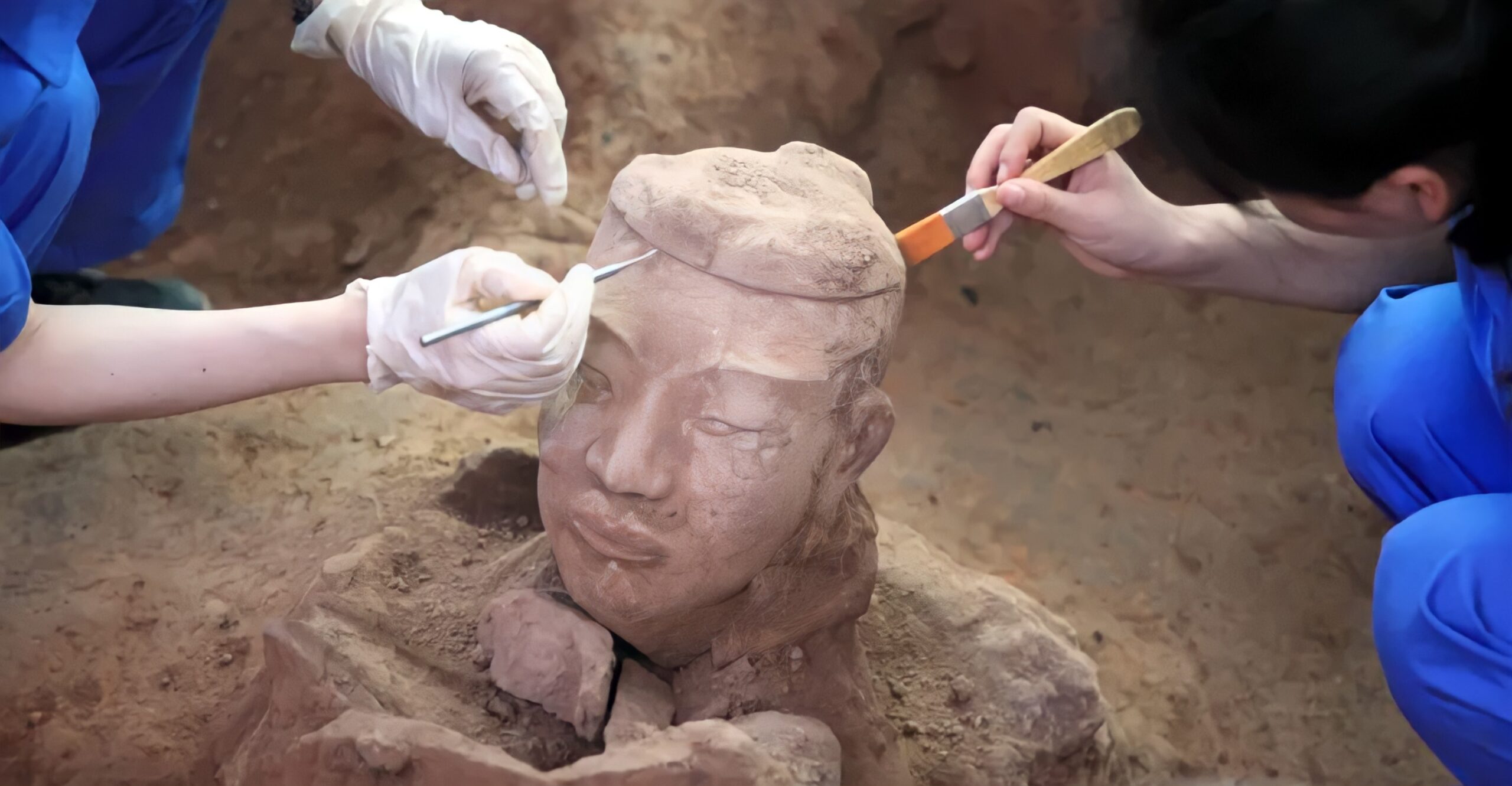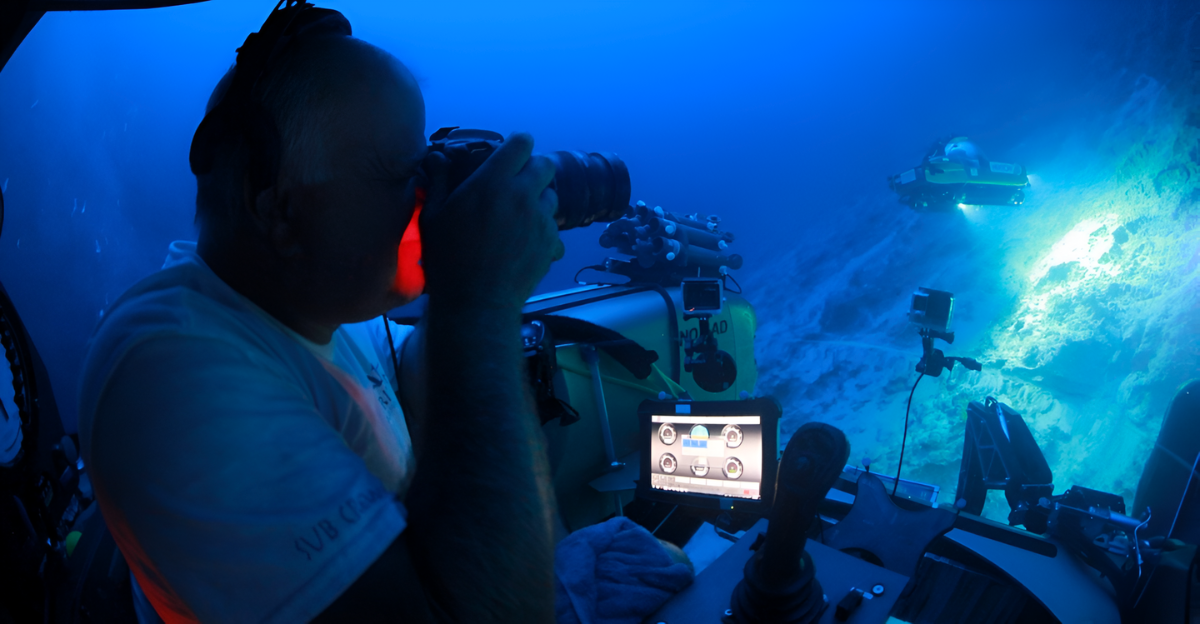
Scientists exploring Mono Lake in California’s Eastern Sierra Nevada have made surprising discovery hidden ibn its extreme waters: a microscopic creature that could rewrite chapters of evolutionary history.
Mono Lake, famed for it hypersaline and alkaline conditions, is already known for supporting unusual life forms. The recent discovery by UC Berkeley scientists is of a unique choanoflagellate species, Barroeca monosierra, offers a glimpse into the origins of complex life.
This single-celled creature that thrives where few others could ever survive offers scientists a rare opportunity to study how life adapted and evolved over 650 million years. The implications for evolutionary biolgy are profound.
The Mysterious World of Mono Lake
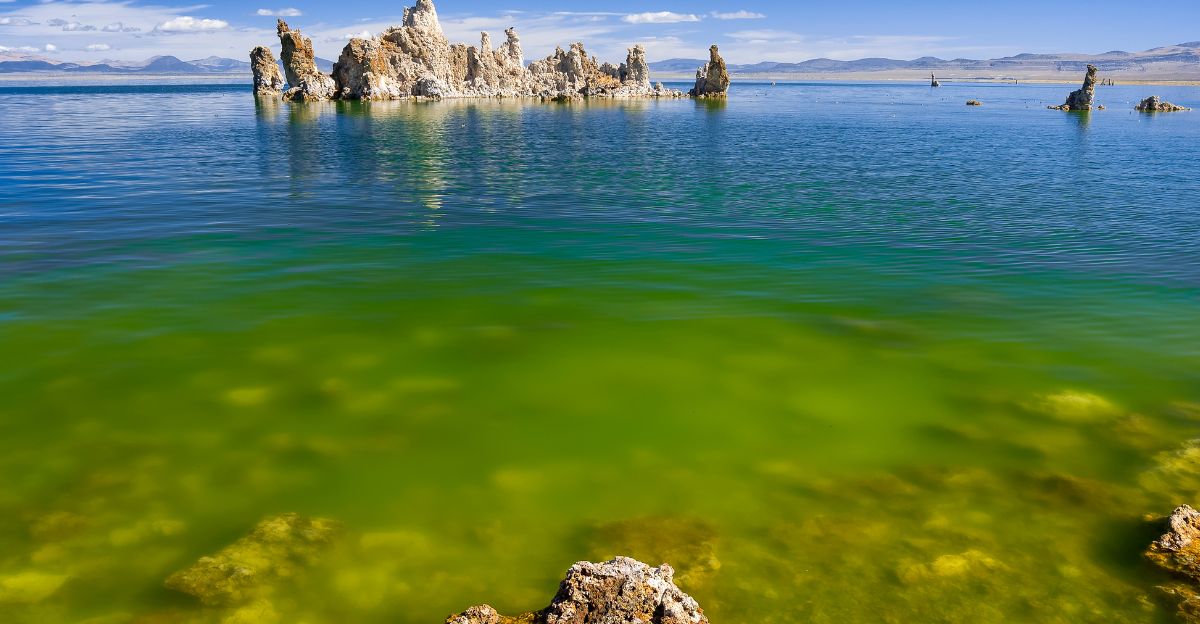
Mono Lake is a geological and biological marvel, characterized by its towering tufa formations and waters so salty and alkaline that most organisms cannot survive. However, this inhospitable environment is inhabited by a flourishing ecosystem of brine shrimp and alkali flies.
The extreme chemistry of the lake, including high levels of arsenic to cyanide, has turned it into a natural laboratory for studying adaptation. It was here that researchers discovered Barroeca monosierra, a choanoflagellate that hasn’t just florished, but also formed unique partnerships with bacteria.
This discovery highlights the lake’s role a crucible for evolutionary innovation and a treasure trove for scientific inquiry.
Meet Barroeca monosierra: The Evolutionary Enigma
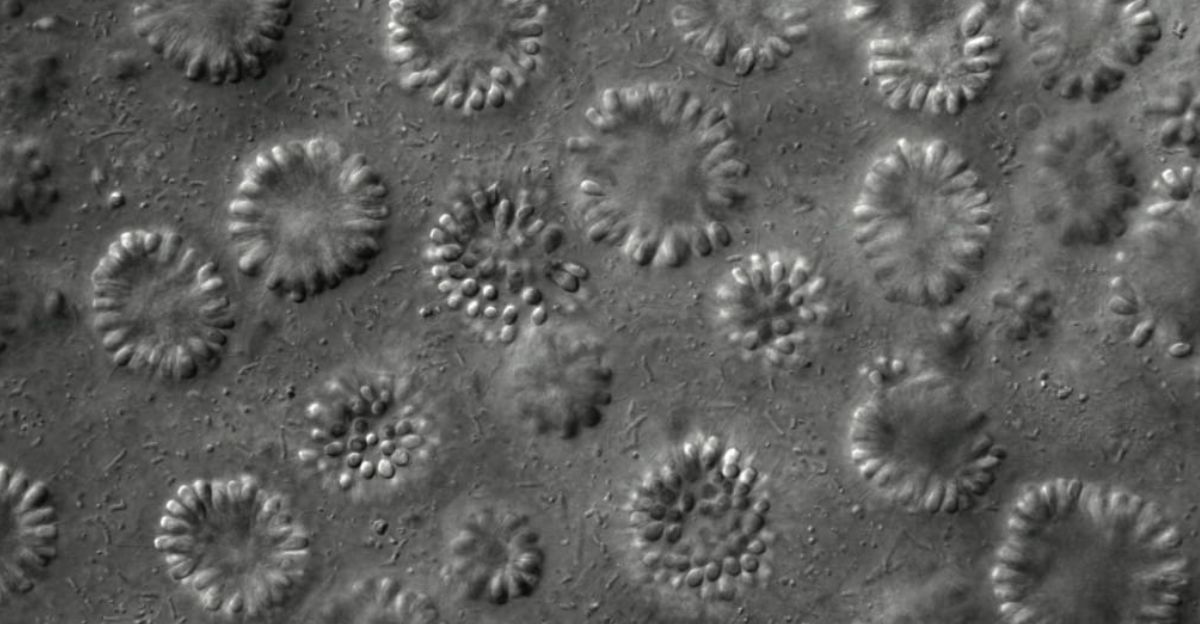
Barroeca monosierra is a single-celled choanoflagellate, a group of organisms closely related to animals. Unlike other choanoflagellates that usually feed on bacteria, this species establishes persistent physical associations with bacterial partners.
This unique partnership is the simplest known example of a microbiome in a single-celled organism. Since bacteria are present within the choanoflagellate’s colonies, this interaction is likely to be cooperative, rather than predatory.
By studying Barroeca monosierra, scientists hope to learn how symbiotic relationships first evolved between early life forms, paving the way for evolution of multicellular organisms and the complex microbiomes present in animals today.
A Discovery Born from Curiosity and Adventure
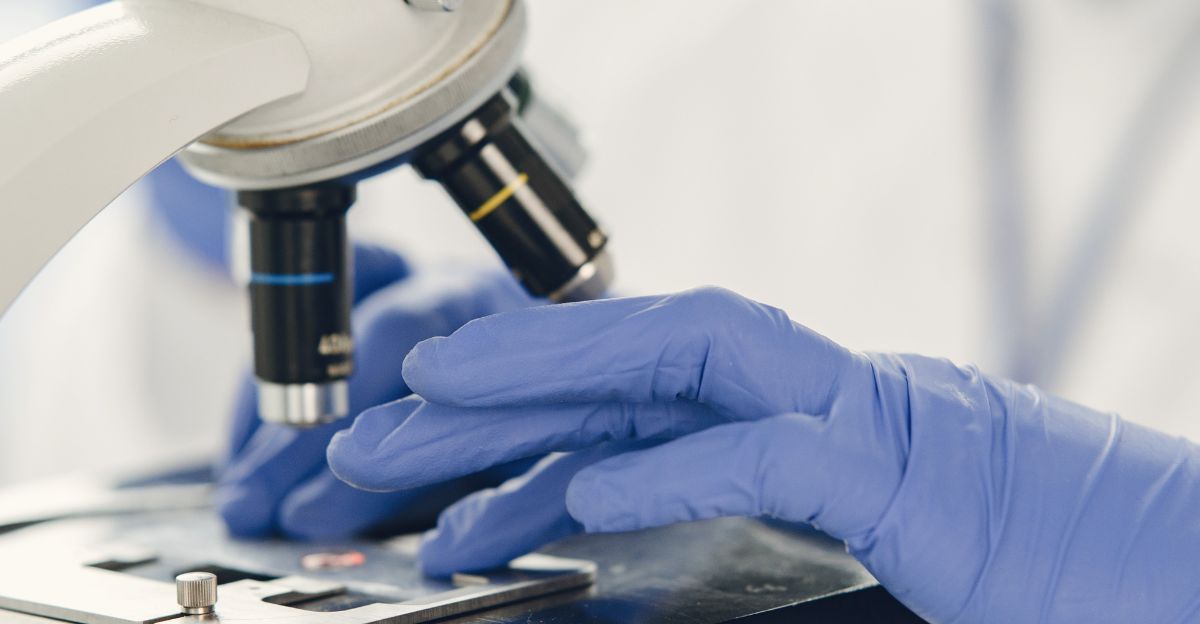
The story of Barroeca monosierra began nearly a decade ago, when graduate student Daniel Richter collected water samples from Mono Lake during a climbing trip. Under the microscope, he observed large colonies of almost identical cells coalescing into hollow spheres—structures akin to those of animal embryos called blastulas.
This chance observation sparked a decade-long scientific journey. Further studies, however, reported the presence of bacterial DNA in these colonies, suggesting a previously unknown symbiotic relationship.
This discovery emphasizes the value of curiosity-driven studies and the possibility of finding something groundbreaking from unexpected places and moments.
The Science of Symbiosis
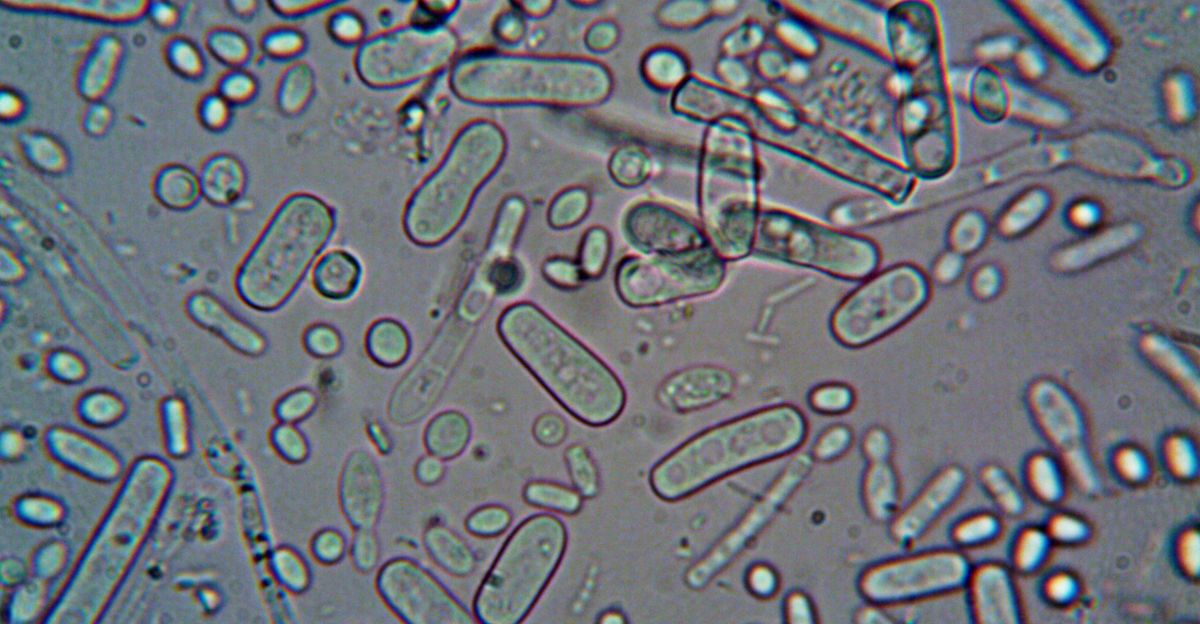
Graduate student Kayley Hake was instrumental in advancing the study of Barroeca monosierra by reviving frozen samples and analyzing their contents. Her research showed bacterial DNA within the hollow spheres made by the choanoflagellate colonies.
This was the first record of bacteria living within, rather than being consumed by, choanoflagellate colonies. The different bacterial populations within the colonies indicate that some strains thrive better in the oxygen-deprived interiors.
This finding paves the way for new studies of how microbial partnerships have evolved and what role they could have played in the development of complex life forms.
Collaborative Research at the Frontier of Evolution

The study of Barroeca monosierra has been a collaborative effort, that has involved professionals in microbiology, genomics and evolutionary biology.
Jill Banfield, a pioneer in metagenomics at UC Berkeley, collaborated with King’s team to identify the bacterial species found in Mono Lake and in the choanoflagellate colonies. Studies found that the bacterial comm,munities within the colonies differed from those in the surrounding water.
Thus, it implies that choanoflagellates might offer a unique habitat to a specific class of bacteria, reflecting a complex and specific bacterial dependence on an extreme environment.
Extreme Conditions, Extreme Adaptations
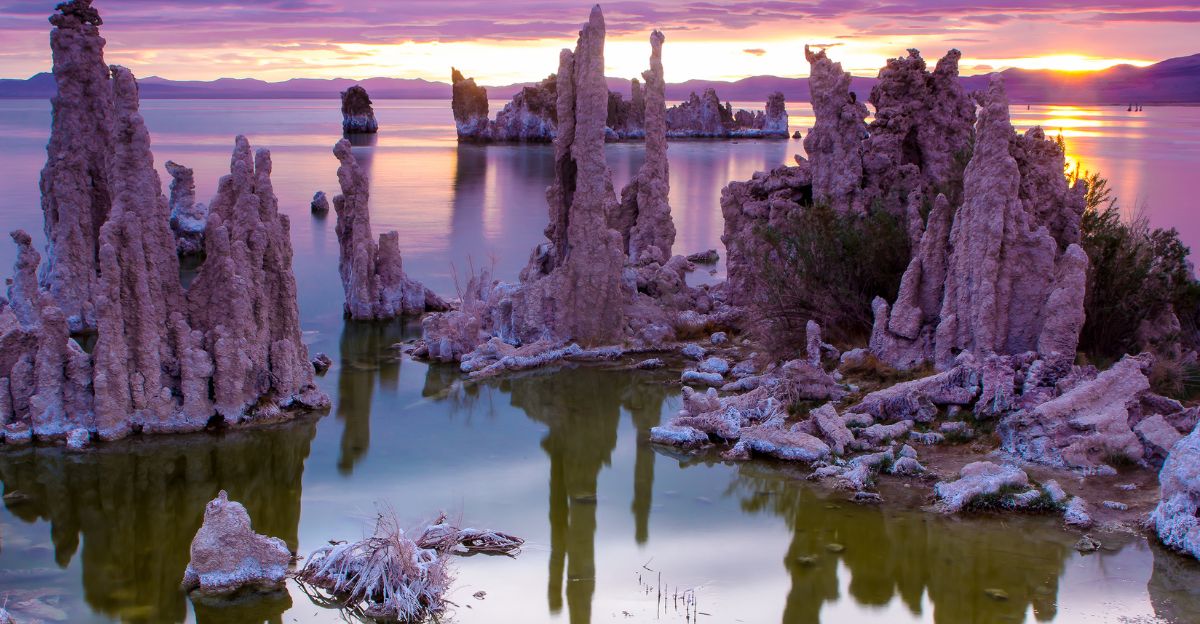
The extreme conditions of Mono Lake, with very high levels of salinity and alkalinity, and the presence of toxic metals such as arsenic and cyanide, have led to the evolution of extremely specialised adaptions in Barroeca monosierra.
The fact that this choanoflagellate can grow in these extreme conditions is a reminder of how early life forms persisted through seemingly inhospitable environments.
The symbiotic relationship with bacteria is probably a crucial adaptation, allowing both organisms to survive and even thrive where others cannot. Studying such adaptations offers valuable insights into how life can thrive in harsh environments on Earth and, possibly, on other planets.
The Mystery of Microbial Farming or Shelter
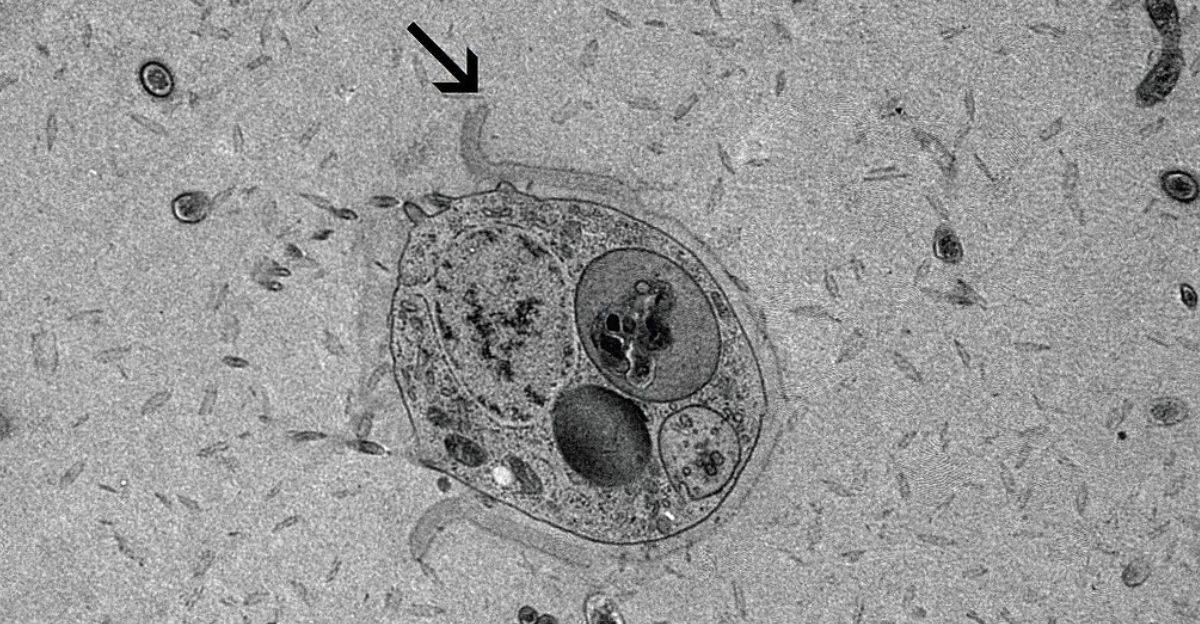
One of the more interesting questions raised from the new discovery of Barroeca monosierra is whether the choanoflagellate is, in fact, farming bacteria for food, or offering them shelter from the lake’s extreme conditions.
The answer remains unclear, but previous studies have revealed that bacteria can also affect choanoflagellate behavior, such as mating and colony formation.
Further research is required to identify the nature of this relationship and determine whether it is mutualistic, parasitic or something else entirely.
Deciphering this mystery may provide fundamental insights about the origins of animal-microbe interac- tions and the evolution of complex life.
Evolutionary Biology and Beyond
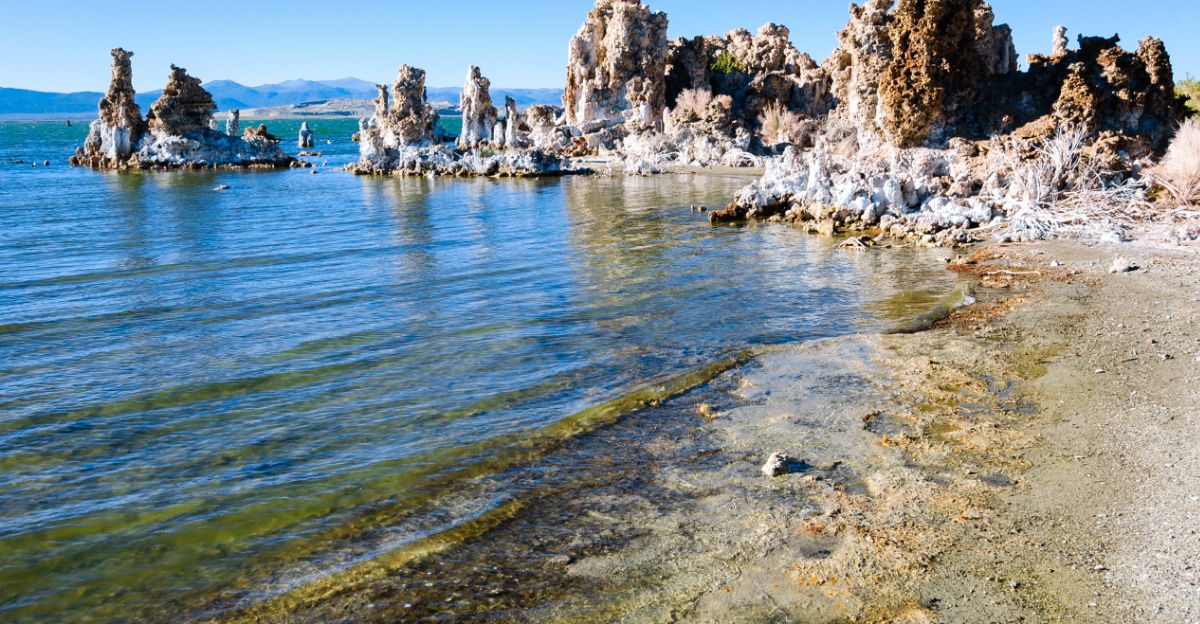
The significance of the findings at Mono Lake have far- reaching implications for our understanding of evolutionary biology. Investigating the symbiont relationship between Barroeca monosierra and its bacterial partners offers a model for studying how early eukaryotes and bacteria co-evolved.
These insights could help to explain the origins of human microbiomes and complex relationships between animals and bacteria seen today.
By studying these ancient interactions, scientists hope to uncover what has led organisms to transition from single cells into complex multicellular life, shedding light on one of the most significant events in the history of life on Earth.
Mono Lake’s Legacy
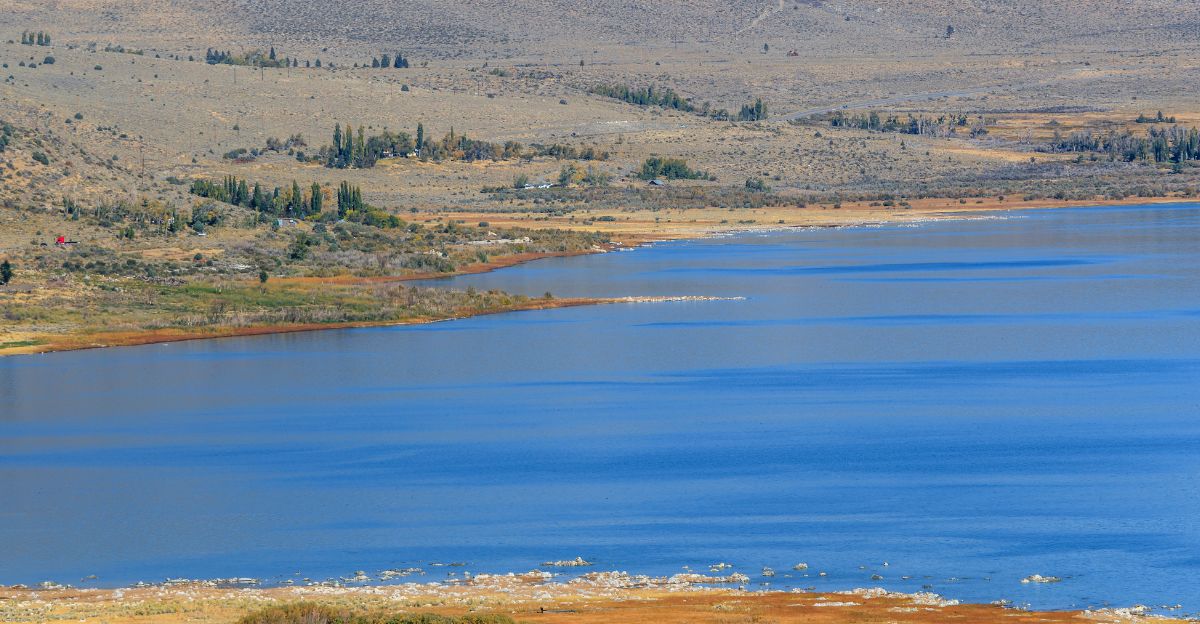
Mono Lake’s unique ecosystem continues to serve as a living laboratory for evolutionary research. The discovery of Barroeca monosierra and its symbiotic relationships emphasise the lake’s importance as a site for scientific exploration.
As scientists explore this microscopic marvel, they hope to uncover more secrets about the origins of complex life. With the lake’s extreme environment—along with the rich diversity of organisms living within it—it’s a perfect place for researchers to explore the limits oif life and the processes hat shaped the evolution of all living things.
Mono Lake’s legacy as a crucible of evolution remains assured, inspiring curiosity and discoveriy for generations to come.




